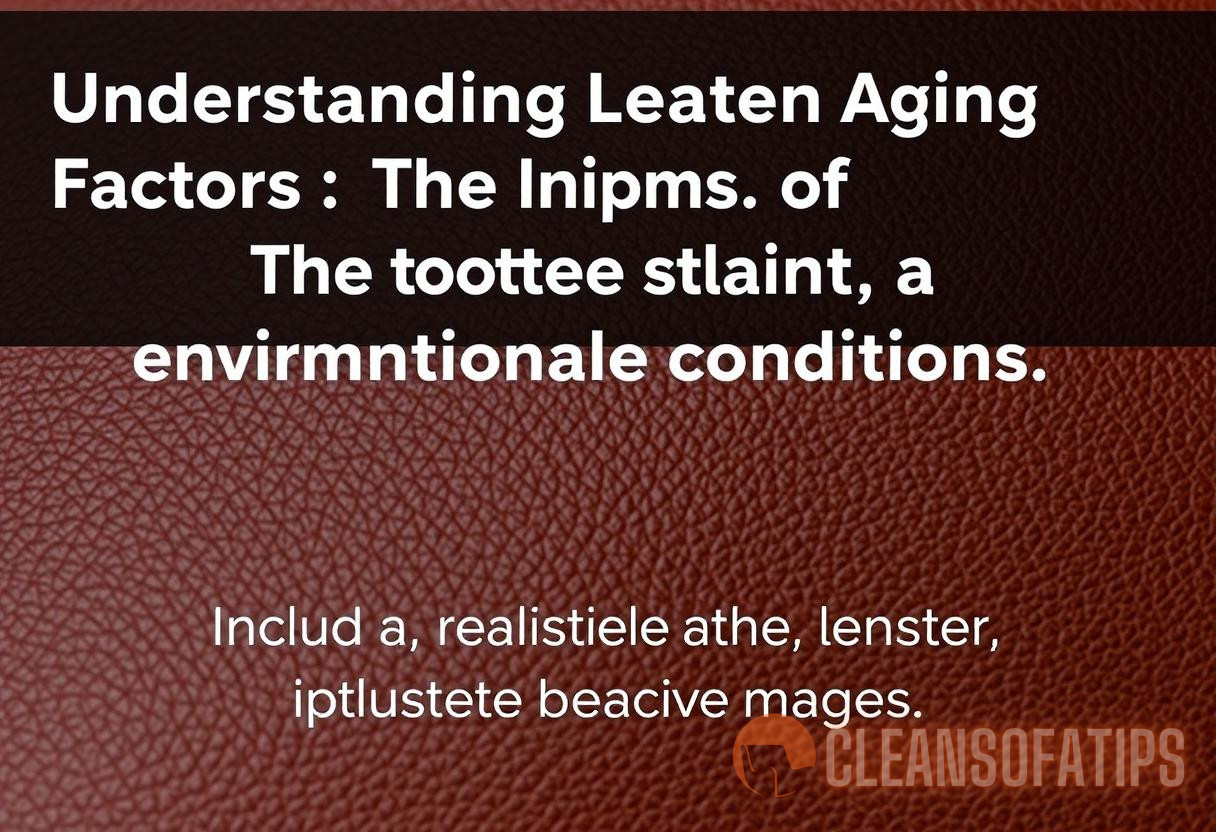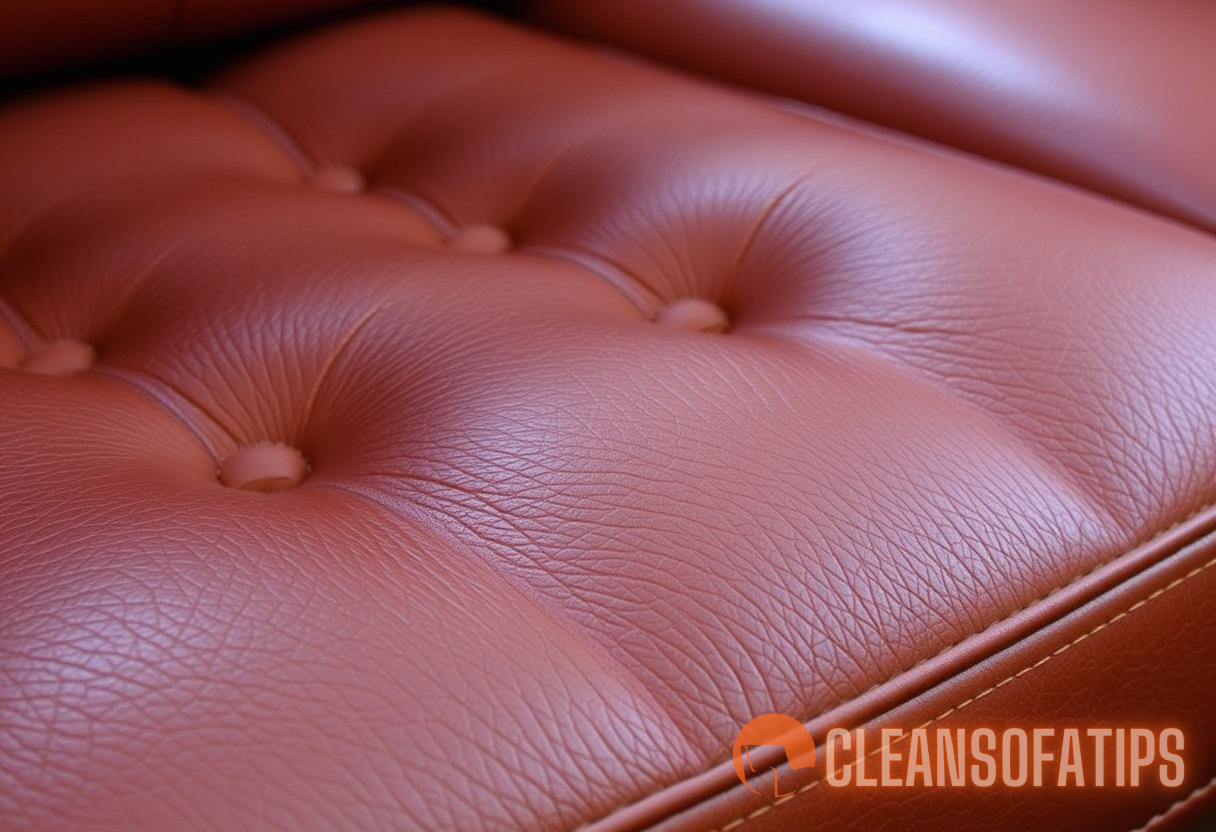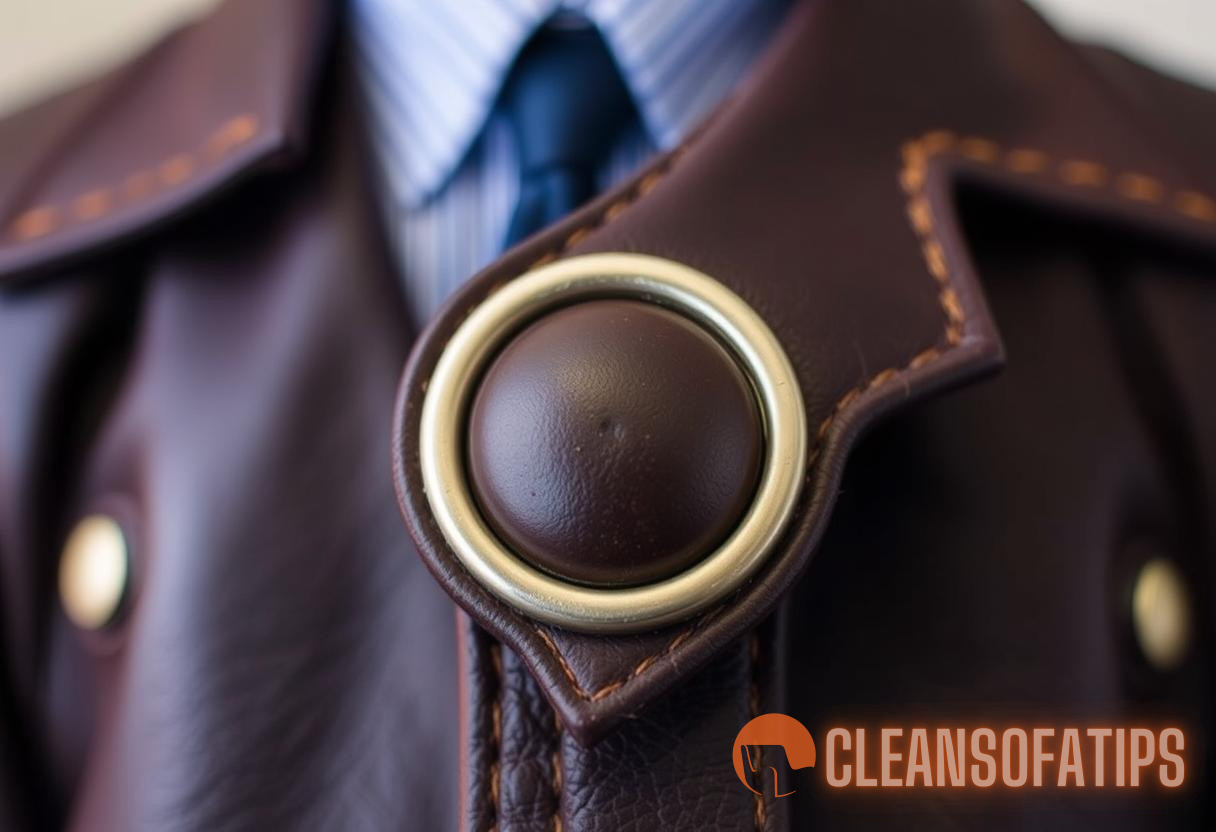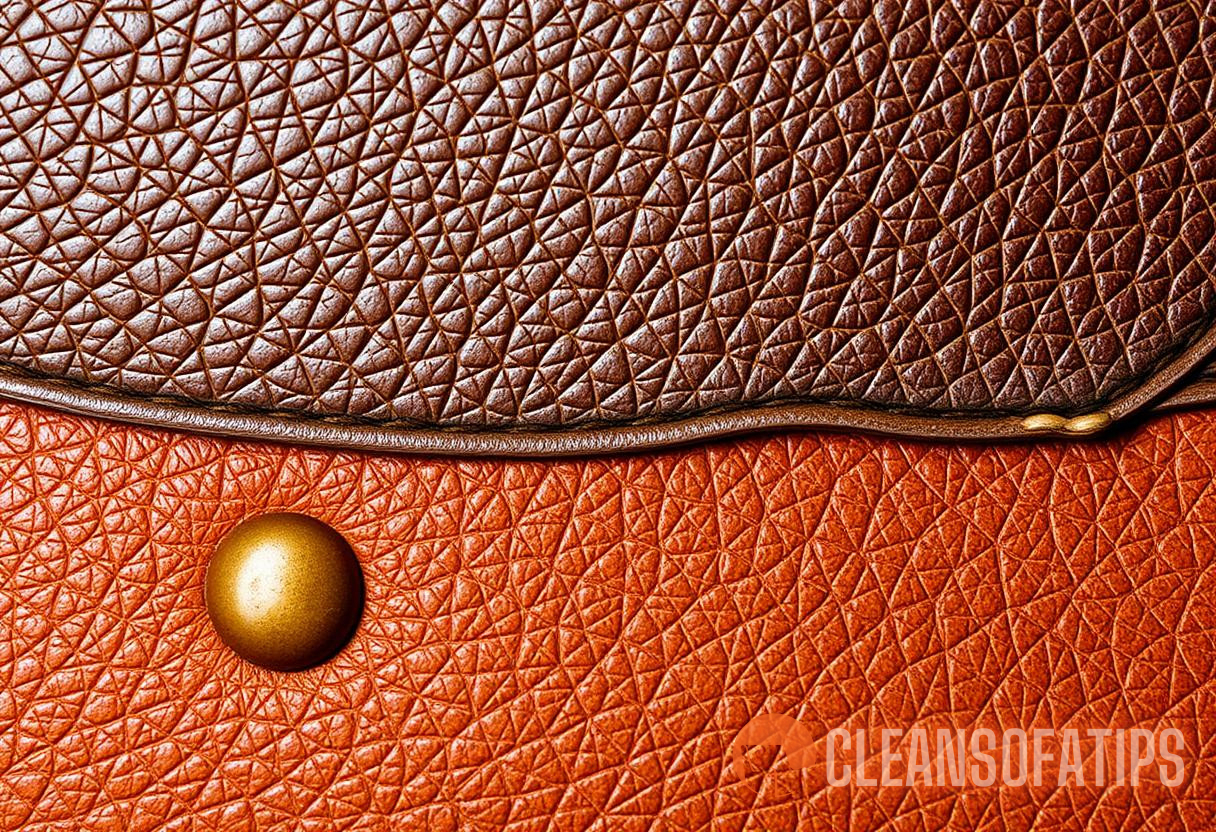Leather Resilience: Exploring the Role of Environmental Factors in Aging and Longevity
Leather is a material renowned for its durability, style, and versatility. Whether used in fashion, furniture, or automotive interiors, the longevity of leather highlights its resilience against various environmental factors. However, like all organic materials, leather has its own unique set of vulnerabilities, influenced significantly by its surroundings.
Understanding Leather: Composition and Types
Before diving into the specific environmental factors affecting leather aging, it is important to understand what leather is made of. Leather derives from animal hides, primarily cattle, and undergoes a tanning process to obtain its final form. There are several types of leather, including:
- Full-grain leather: Retains the hide’s natural features, ensuring durability and breathability.
- Top-grain leather: A layer of the full grain is removed, making it slightly less durable but more pliable.
- Genuine leather: Made from the leftover pieces of hide after the best parts have been removed.
- Bonded leather: Comprising bits and scraps, it is the least durable and often used for inexpensive products.
Each type of leather has unique qualities that influence how it ages over time, particularly when considering external factors.
Key Environmental Factors Influencing Leather Aging
Several environmental factors play a crucial role in the aging of leather. Understanding these factors can help maintain leather items and extend their life.
1. Humidity
Humidity is one of the most significant leather aging factors. High humidity can lead to mold growth on leather surfaces, while low humidity can cause the material to dry out and crack. Here are some key points regarding humidity and leather:
- Ideal humidity levels for leather maintenance are between 40% and 60%.
- Mold can develop on leather when humidity exceeds 60% consistently.
- Low humidity conditions can overly dehydrate leather, causing brittleness.
To combat these issues, it’s recommended to store leather in a climate-controlled environment.
2. Temperature
Temperature variations can also heavily impact leather’s longevity. Extreme heat can cause leather to dry out, while extreme cold can make it rigid and prone to cracking. Factors to consider include:
- Avoid exposure to direct sunlight, which can fade colors and dry out leather materials.
- Store leather items in a cool, dry place away from heat sources like radiators or ovens.
- Ideal storage temperatures for leather items typically hover around 65°F to 75°F.
Maintaining these temperature ranges can significantly decrease the rate of leather aging.
3. Air Quality
The quality of air can influence leather items in multiple ways. Pollutants, smoke, or chemicals in the atmosphere can cause degradation over time. Key points about air quality include:
- Avoid exposing leather to places with high levels of pollution.
- Use air purifiers in areas where delicate leather items are stored.
- Regular cleaning can prevent the buildup of harmful agents on the leather surface.
These actions can help preserve leather by minimizing its exposure to harmful elements.
Preventative Measures for Leather Longevity
Understanding leather aging factors is just one part of the equation; taking proactive measures can significantly enhance its resilience. Below are several maintenance practices to consider:
1. Regular Cleaning
Regular cleaning is essential for leather care. Whenever dirt or dust accumulates, it can lead to abrasion and discoloration. Recommended cleaning practices include:
- Use a soft, slightly damp cloth to gently wipe dust off.
- For tougher stains, a specialized leather cleaner is advised.
- Never use harsh chemicals or cleaners not specifically designed for leather.

Routine cleaning not only maintains leather’s appearance but also wards off potential degradation from contaminants.
2. Conditioning
Leather benefits immensely from conditioning, which can keep it hydrated and pliable. Conditioning helps prevent brittleness and potential cracking associated with dry leather. Tips for effective conditioning include:
- Apply a high-quality leather conditioner every 3-6 months.
- Ensure the conditioner is appropriate for the type of leather being treated.
- Use a microfiber cloth to apply and buff the conditioner into the leather.
Regular conditioning is crucial for mitigating the effects of leather aging factors.
3. Protection
Protection against environmental elements can prolong leather durability. This can be achieved through:
- Using a water-repellent spray suitable for the specific type of leather.
- Avoiding long exposure to moisture, which can damage leather fibers.
- Storing leather products properly, using breathable dust covers.
These precautions can significantly enhance the resilience of leather against adverse environmental influences.
Real-World Case Studies
Examining successful leather maintenance can provide valuable insights. Several companies and artisans in the leather industry adhere to strict protocols to maintain quality over time. For example, luxury brands such as Hermès utilize high-quality materials and specialized storage conditions to ensure the longevity of their leather goods. Similarly, artisans who craft handmade items often emphasize the importance of conditioning and proper storage in prolonging the life of their products. These case studies highlight the real-world application of understanding leather aging factors and preventative practices.
Statistics on Leather Longevity
Research has shown fascinating statistics related to leather longevity:
- Leather items can last several decades if properly cared for, surpassing even textile goods.
- Studies estimate that well-maintained leather furniture can retain its quality for over 15 years without significant degradation.
- Consumers who engage in regular maintenance can extend the life of their leather products by up to 50% compared to those who neglect care.
These statistics emphasize the tangible benefits of understanding and acting on leather aging factors.
The Impact of Lifestyle Choices
Aside from environmental factors, lifestyle choices can also play a pivotal role in leather longevity. Activities such as exposure to sweat, outdoor use, and neglect can all contribute to accelerated aging. Consider these points:
- Choose the right leather items for specific activities; for example, sporting activities require more robust materials.
- Wipe leather products after exposure to sweat or moisture to prevent damage.
- Invest in high-quality leather items from reputable sources to ensure durability and resistance to aging.
By making informed lifestyle choices, leather users can protect their items from premature wear and tear.
Conclusion
The aging and longevity of leather directly depend on a multitude of factors, including humidity, temperature, air quality, and maintenance practices. By understanding these leather aging factors, consumers can make informed decisions regarding the care and storage of their leather products. Adopting proper cleaning, conditioning, and protective measures can significantly enhance the lifespan of leather goods. Ultimately, the conscious application of this knowledge enables individuals to enjoy the beauty and utility of leather while preserving it for generations to come.
For more insights on leather maintenance, please visit our articles on caring for leather properly and understanding different leather textures.



